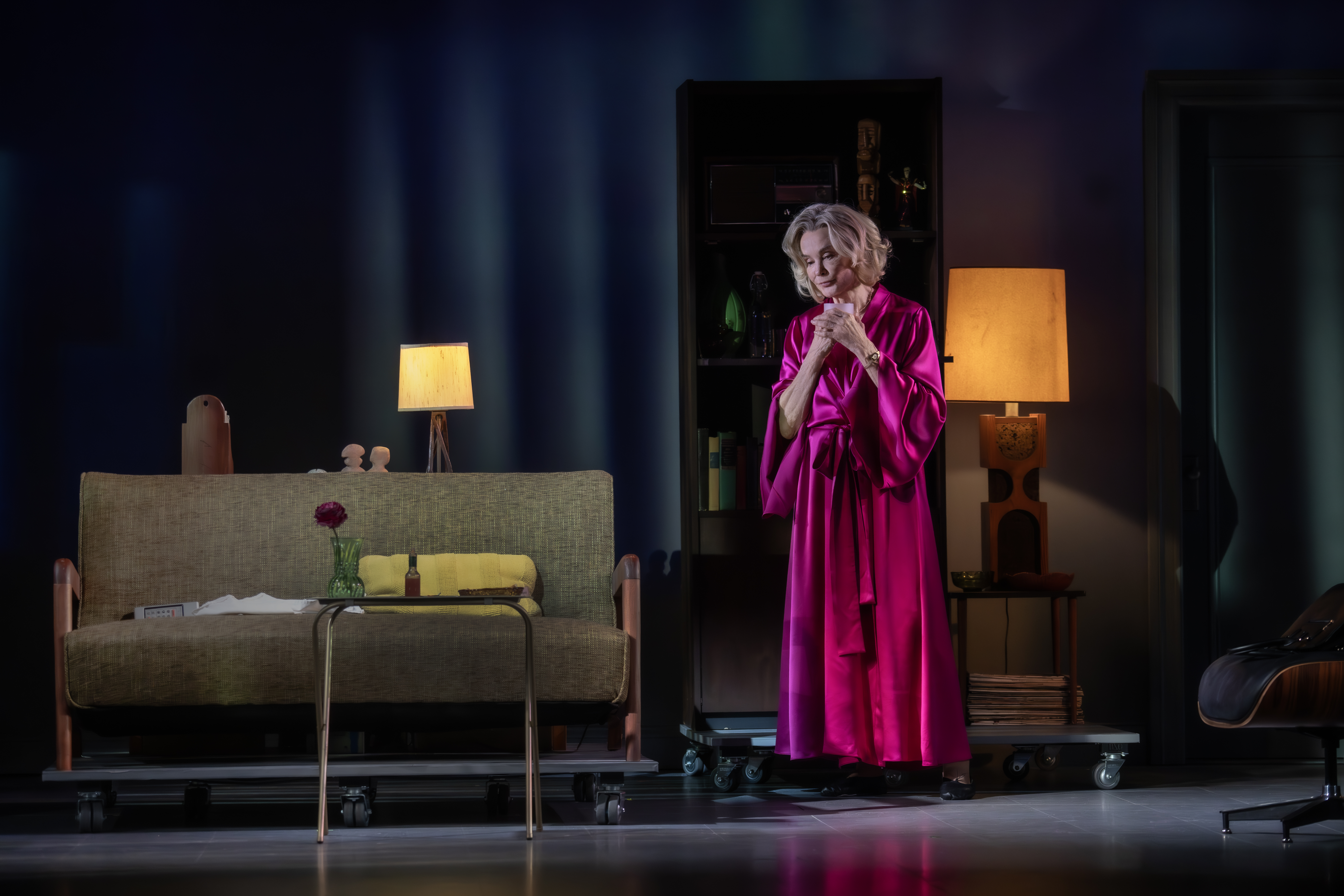Best in Shows

As the specter of the terrorist attacks of September 11, 2001 haunted the entire New York theater community for months, so it hangs over the pages of The Best Plays of 2001-2002 (Limelight Editions, 521 pp., $47.50) like a dark cloud. In his introduction to this nearly indispensable reference guide, editor Jeffrey Eric Jenkins wisely points out the parallels between the theatrical world and the real world, unable to avoid discussing the direct impact of the attacks on the often fragile theater industry. “In any given season, the theater can still manage to offer us the dramatic highs and lows that continue to lure us back into those large, half-darkened rooms….It is hard to imagine any season that has seen lows such as the year 2001-2002.”
The book goes to great lengths to prove that those lows were not artistic. Despite the significant number of revivals and the lack of imagination present on Broadway (of the 10 plays selected to receive thorough examination from prominent writers and critics, only one premiered there), there was a great deal of intriguing and challenging work produced that season in New York and elsewhere. Chronicling that work — as well as providing in-depth factual information about shows’ runs and the awards bestowed during the year, as well as placing each show in the greater context of the season — is what the Best Play series is all about. The latest volume succeeds admirably.
References to the tragic events of September 11 are scattered throughout, but they never overwhelm the book’s more important purpose of analyzing and dissecting the plays and musicals at hand. The attacks are mentioned most frequently in general commentary on the season; the social context in which most of these plays were produced is unavoidable, and while the issues are broached as necessary, they’re seldom dwelt upon.
Not surprisingly, the subject of terrorism is most prominent in Jennifer de Poyen’s examination of Tony Kushner’s prescient Homebody/Kabul, the volume’s one piece of absolutely required reading. The analysis of the play’s story (an English woman journeys to Afghanistan and her family subsequently attempts to bring her back) as well as the original New York Theatre Workshop production are significant enough, but de Poyen’s discussion of how real world political events influenced the play’s audience and message in ways that Kushner never intended provides some of the book’s most fascinating insights. (The play was written long before September 11 thrust Afghanistan and the Taliban into the national consciousness.)
While no other essay quite captures the essence of the work in question as well as de Poyen’s, three come close. Charles Isherwood’s analysis of Edward Albee’s The Goat, or Who Is Sylvia? is thoughtful and well considered, focusing on the nature of love and the intricacies of relationships that drive the play’s central conflict of a man caught between love for his wife and love for a barnyard animal. Christopher Rawson’s look at Mary Zimmerman’s Metamorphoses efficiently captures the color and magic of her adaptation of Ovid, explaining the methods Zimmerman used to update and present the ancient stories in the show. Michael Sommers’s brief examination of Elaine Stritch at Liberty (which receives a special citation) paints with words a vivid portrait of the theatrical legend whose one-woman show was a highlight of the season.
John Istel, Donald Lyons, Chris Jones, and Bruce Weber write well about (respectively) Charles L. Mee’s Big Love, Richard Greenberg’s The Dazzle, Rebecca Gilman’s The Glory of Living, and Melissa James Gibson’s [sic], though the remaining pieces — Michael Feingold on Kia Corthron’s Breath, Boom, Charles Wright on Richard Nelson’s Franny’s Way, and Margaret B. Wilkerson on Suzan-Lori Parks’s Topdog/Underdog — make less effective cases for their subjects. The writings on plays that premiered outside of New York are more successful, whether Michael Grossberg’s drawing parallels between Horton Foote’s The Carpetbagger’s Children and Shakespeare’s King Lear or Richard Christiansen’s dissection of Jeffrey Sweet’s intense Jewish drama The Action Against Sol Schumann.
Most of the rest of the book is devoted to facts and figures about shows in New York and across the country, with production information, cast listings, and photographs that will prove vital to theater enthusiasts. But it’s impossible to avoid one final, bittersweet element of the 2001-2002 season in perusing these pages: This was the last complete season during which the late, legendary theatrical artist Al Hirschfeld was active. All in all, his drawings appeared in 50 of the 83 books of the series, and it’s only fitting that The Best Plays of 2001-2002 is dedicated to him.










